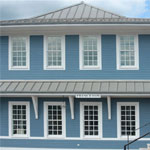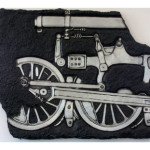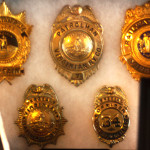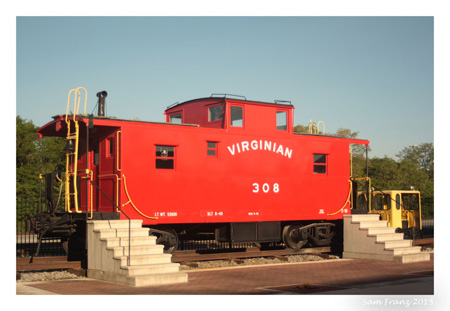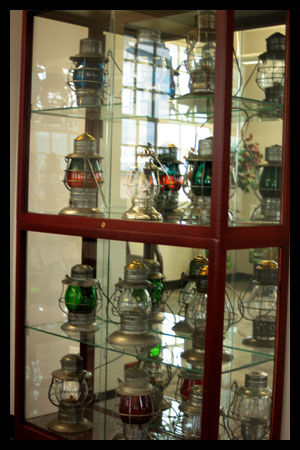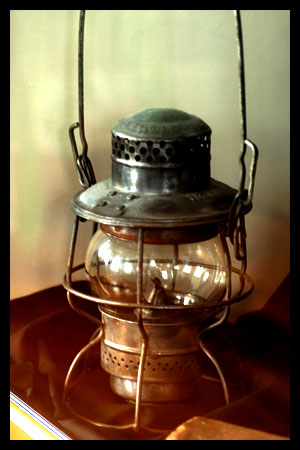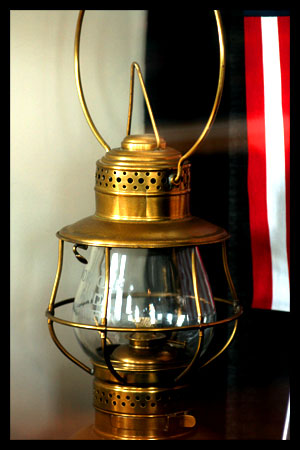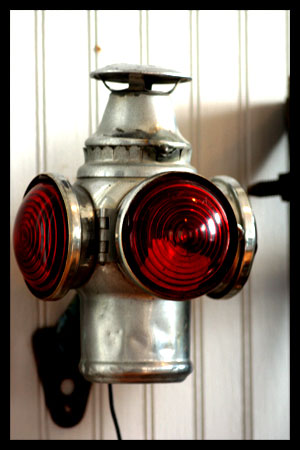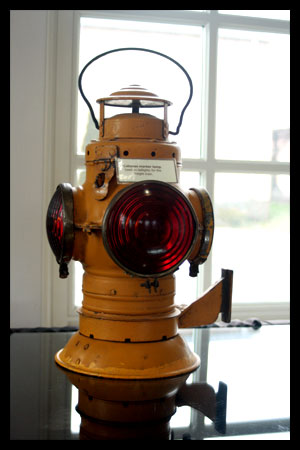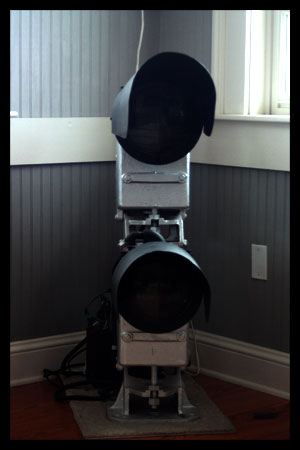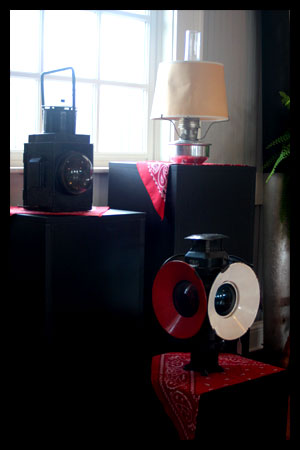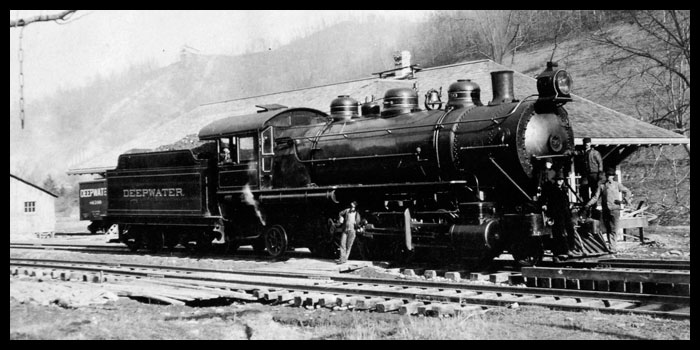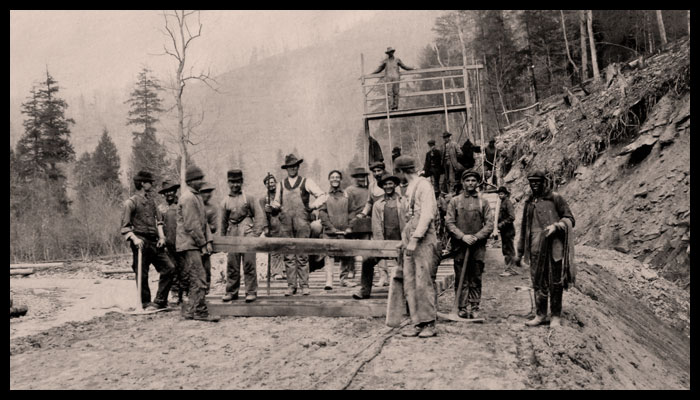Archives
now browsing by author
15th Anniversary Celebration
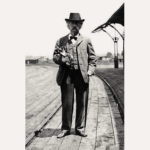
The Princeton Railroad Museum will be hosting a 15th anniversary celebration on October 2nd from 11am to 5pm. Enjoy a FREE trolley Ride through time! Starts at historic old Mercer Street. This is the only day all five museums in Princeton will be open simultaneously. You and your family can ride a trolley from one museum to another, and learn about history along the way.
Living History
Meet Living Figures from History. Mark Twain is played by Doug Riley. Abraham Lincoln is played by LeMoyne Johnson. Mary Todd Lincoln is played by Barbara Wyrick. Chief Seltoe’e is played by Terry Morgan. Harriet Eliza Lathrop is played by Lou Stokes.
Hear the stories of Mark Twain, Hellen Keller, and Booker T. Washington interacting with the founder of the Virginian Railway.
Meet Harriet Eliza Lathrop, the first superintendent of Pocahontas Coal’s wife, and learn her travails of living in a brand new coal area wilderness.
What’s happening?
- FREE Trolley Rides to all Museums
- Five Museums Open for FREE
- Railroad Museum – FREE
- Agricultural Museum – FREE
- Those Who Served War Museum – FREE
- Mercer County Historical Society – FREE
- McNutt House – FREE
- Bounce House – FREE
- Visit Historic Graves – FREE
- Live Music by Common Ground – FREE
- Petting Zoo – FREE
- Horse & Wagon Ride – FREE
- See Fire Trucks – FREE
- Food and Vendors
When and Where?
October 2nd from 11am ’till 5pm. Old Mercer Street Historic District.
GPS It: Google Maps iPhone Maps
In the Press
Jeff Harvey wrote this in the Princeton Times:
While the traditional West Virginia Day ceremony was not observed this year or last, Smith did say a big observance was planned for Oct. 2, the museum’s 15th anniversary. “We’ll have bands, including ‘Common Ground’, trolleys, historic re-enactors, food and vendors. All of the museums will be open that day,” she said. The Virginian Railway caboose adjacent to the museum will be getting new metal panels to replace rusted areas as well as a repaint of said areas, courtesy of the Princeton Public Works Department, she said.
Jeff Harvey
You can read the full story on the Princeton Times website: https://www.ptonline.net/
VGNRWY CABOOSE 308
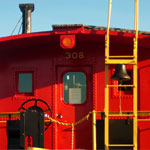
The VGN 308 was one of twenty-five cabooses built by the St. Louis Car Company in 1948-49, for the VGNRWY. They were numbered 300-324.
It was donated by the Norfolk and Southern to the City of Princeton in 1989.
In the fall of 2010, it was brought to its new home here at the museum.
The Princeton Railroad museum has restored this caboose. We had the floor fixed and we had the caboose re-painted. Did you know there’s a special shade of red just for the caboose? It’s called “caboose red,” appropriately. Come by the Princeton Railroad Museum to see it in person.
Thanks to Bo Barker and all the men at the Princeton Public works Department for the hard work.
Click this picture to enlarge.
Lanterns, Lights, & Lamps
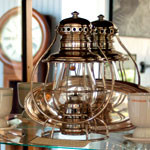
At the Princeton Railroad Museum, we have an extensive collection of lanterns lights and lamps – including electric lamps, gas lamps, steel lamps, and brass lamps. Here is a small sample of our collection. Come on by the museum to see these and many more.
History of the Virginian Railway
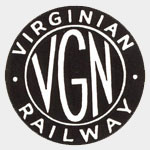
Known as the “Richest Little Railroad in the World,” the Virginian Railway was formed in 1907 through the ‘marriage’ of the Deepwater Railway in West Virginia and the Tidewater Railway in Virginia.
Financed by Henry H. Rogers, one of the wealthiest men in the world, the Virginian proved itself as a modern well engineered railroad that could operate more efficiently than its larger competitors.
The Virginian Railway extended from Sewells Point, on Hampton Roads, Norfolk, Virginia, to Deepwater, West Virginia, a distance of 443 miles. It existed from 1909 until 1959, when it wasbought out by Norfolk and Western.
Directness of route was the primary goal of the engineers who planned the path of the Virginian. To achieve this objective, the mountainous terrain had to be overcome by the construction of a series of tunnels, bridges, and cuts. More attention was paid to grades and alignment than had ever been done in the building of a railroad. Cost was of no consideration. ” Nothing is too good for my railroad,” said the founder, Henry Huttleston Rogers.
Plans were for this railroad to be a scientifically constructed and equipped railroad. Revolutionary concepts and ideas were put into action. Unlike the practice of the more established rail systems in routing their lines expressly to reach populated locations, with passenger traffic the primary goal of their service; constructing them a piece at a time as money was available, the Virginian was built with the resources of one man – H.H. Rogers- who planned his railroad to utilize the fastest route for coal hauling. The building of the Virginian became the model for railway improvements for some of the oldest and largest systems in the country.
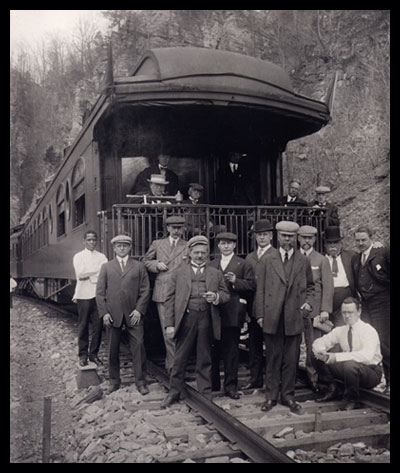
The work of building the Virginian Railway began in West Virginia in the name of the Deepwater Railway Company. Rogers named William N. Page president of the newly formed organization. When Rogers took a hand in directing the affairs of the Deepwater, his first act was to have its charter amended to extend to the West Virginia boundary line. The company’s charter was revised in September, 1902. In approximately a year and five months, the Tidewater Railway was chartered in the state of Virginia with its boundary extended to the line of the two Virginias that would connect the two Railways.
W. N. Page became president of both railways. Rogers’ ownership of the two projects did not become known until 1907 when the Virginian Railway was incorporated.
Sixty four percent of the excavation in West Virginia consisted of solid rock. The majority of the excavation was done by hand labor, mules and carts. Upwards of 50 steam shovels, 1,200 dump cars, and 124 locomotives were used in the excavation of the cuts and tunnels. At the height of the construction more than 10,000 laborers were employed.
At the time the Virginian began construction, there was not a single mine development on the main line. By 1933, 91 mines were developed by the Virginian. It shared in the development of 47 mines on connecting lines which it acquired or built for a total of 138 working mines.

